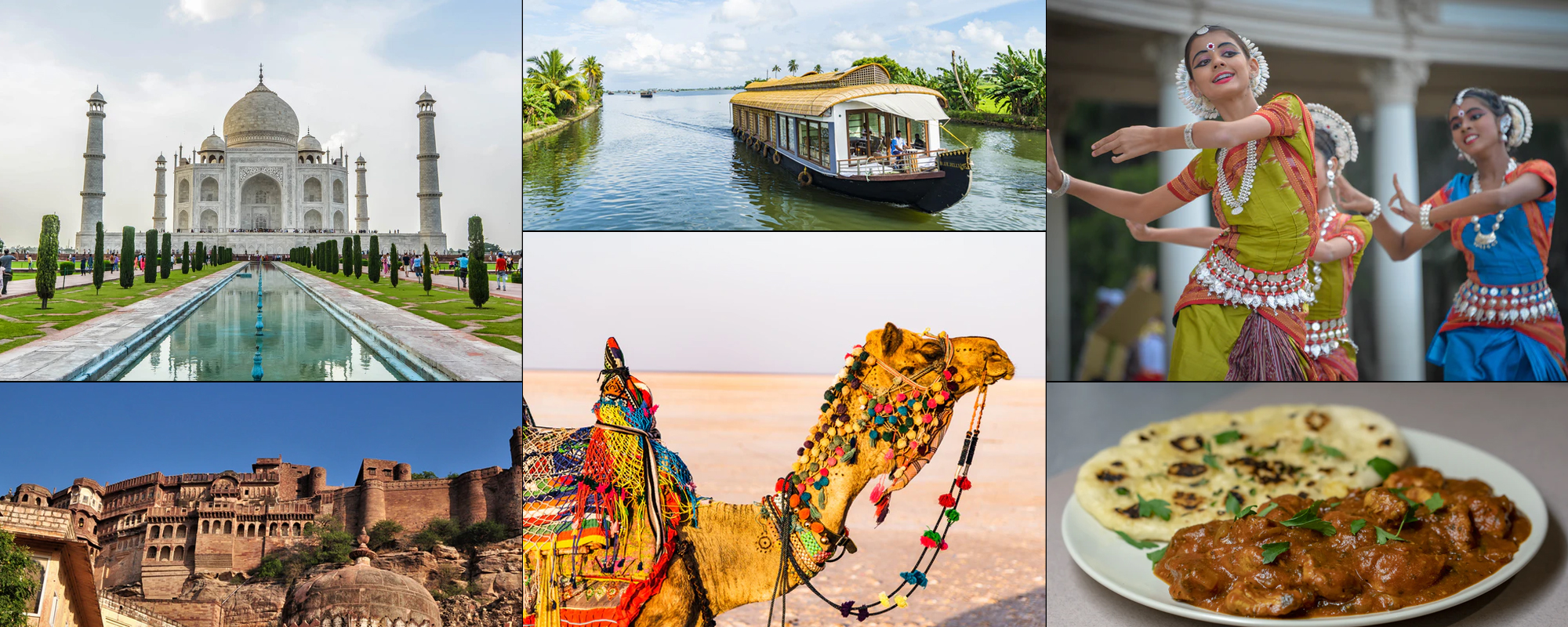
Nestled amidst the lush greenery and serene landscapes of Tamil Nadu, the Anantha Padmanabha Swamy Temple stands as a testament to the rich cultural and spiritual heritage of this southern Indian state. This ancient temple, dedicated to Lord Padmanabha, is not only a place of worship but also a marvel of architectural and historical significance. In this comprehensive guide, we will delve into the history, architecture, rituals, and significance of the Anantha Padmanabha Swamy Temple.
The Anantha Padmanabha Swamy Temple holds a venerable position in Tamil Nadu's history, dating back centuries. Its origins can be traced to the Chola dynasty, which ruled the region between the 9th and 13th centuries. The temple has undergone several renovations and expansions under various rulers, including the Vijayanagara kings and the Nayaks of Madurai, further enriching its historical tapestry.
One of the most intriguing aspects of this temple's history is its connection to the Chera dynasty of the Sangam period. Legends suggest that this temple was frequented by the famous Tamil poets and saints of the time, who were deeply inspired by its spiritual aura.
The Anantha Padmanabha Swamy Temple stands as a testimony to the splendid Dravidian architectural style. Its intricate carvings, towering gopurams (ornate entrance towers), and vast courtyards leave visitors in awe. The temple complex is spread over a significant area, featuring numerous halls, shrines, and mandapams (pillared halls), each showcasing the architectural prowess of its builders.
The principal deity, Lord Padmanabha, is enshrined in the sanctum sanctorum in a reclining posture on the divine serpent Ananta. This unique representation of Lord Vishnu symbolizes the concept of cosmic preservation. The sanctum is a marvel of sculpture, with exquisite detailing on the deity's idol.
The Anantha Padmanabha Swamy Temple is not only a place of architectural grandeur but also a hub of spiritual activities and festivals. Daily rituals are performed with great devotion, and devotees from all over the world gather to witness the vibrant festivities.
The Anantha Padmanabha Swamy Temple holds immense spiritual significance for devotees. It is believed that a visit to this temple and seeking the blessings of Lord Padmanabha can grant salvation and liberation from the cycle of birth and death. The serpent Ananta, upon which Lord Padmanabha reclines, symbolizes the eternal and infinite nature of the divine.
The temple also has a unique tradition of allowing people of all faiths and backgrounds to enter its premises, fostering a spirit of unity and inclusivity.
When planning a visit to the Anantha Padmanabha Swamy Temple, it's essential to keep in mind a few guidelines:
The Anantha Padmanabha Swamy Temple is a timeless treasure trove of spirituality, history, and artistry. It encapsulates the essence of Tamil Nadu's rich cultural heritage and religious fervor. A visit to this temple is not just a religious pilgrimage but also an opportunity to witness the splendor of Dravidian architecture and immerse oneself in the sacred atmosphere that has enchanted devotees for centuries.
Copyright 2012-2025 Indiamap Digital Private Limited. All rights reserved. Privacy Policy | Terms of Use